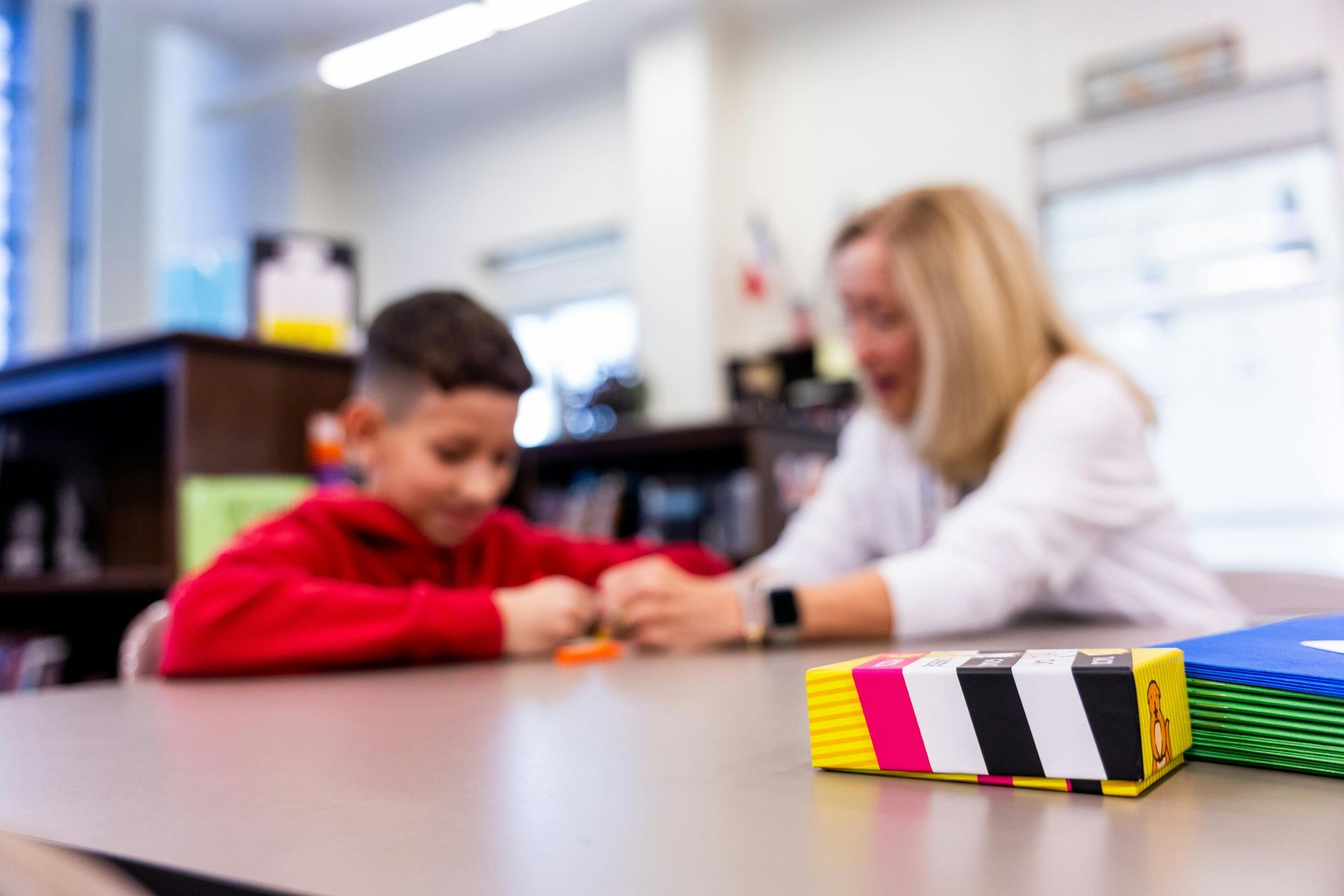5 Ways for Teachers to Switch Off Over the Summer Holidays
For teachers, the summer holidays are a well-deserved break—a time to recharge, reflect, and reconnect with life outside the classroom. Yet, switching off after a busy year can be surprisingly challenging. With emails, lesson planning, and lingering thoughts of the next term, it’s important to prioritise rest and create boundaries to truly unwind.
Here are five practical and mindful ways for teachers to switch off and make the most of their summer holidays.
1. Set Boundaries Early
The first step to switching off is to create clear boundaries. Before you leave for the holidays:
- Turn on your out-of-office email response to let colleagues know when you’ll be back.
- Avoid taking work home or limit it to a specific time or day if absolutely necessary.
- Commit to staying present in your personal time and resist the urge to check work-related messages.
By establishing these boundaries early, you can start the holidays with a clear head and guilt-free relaxation.
2. Prioritise Rest and Recovery
Teaching is a demanding profession, both mentally and physically. Use the holidays to prioritise rest:
- Sleep in, take naps, and allow your body to recover from the busy school term.
- Try yoga, meditation, or mindfulness practices to reduce stress and improve mental clarity.
- Take time to enjoy simple pleasures, like reading for fun or spending a quiet morning with a cup of coffee.
3. Reconnect with Your Hobbies
Summer is the perfect opportunity to rediscover the activities that bring you joy outside of teaching. Whether it’s painting, gardening, hiking, or cooking, diving into your hobbies can be a fantastic way to recharge and focus on yourself.
If you’ve been wanting to try something new—like learning an instrument or joining a local fitness class—now is the time!
4. Plan Mini Adventures
A change of scenery can do wonders for your mental well-being. While long vacations might not be possible for everyone, even small day trips or weekend getaways can offer a refreshing break from routine.
- Explore nearby national parks, beaches, or cultural sites.
- Spend time outdoors to soak up nature and boost your mood.
Switching environments helps you disconnect from work and enjoy the present moment.
5. Reflect and Let Go
The holidays can also be a time to reflect on the past year and let go of any lingering stresses. Consider:
- Writing down the highs and lows of the school year to process your experiences.
- Practising gratitude by listing things you’re thankful for, both professionally and personally.
- Letting go of what didn’t go to plan and focusing on the fresh start that awaits in the new year.
Reflection can be a powerful way to release stress and enter the next term with a positive mindset.
Final Thoughts
Switching off during the summer holidays is essential for teachers to maintain their passion and energy for the job. By setting boundaries, prioritising rest, and rediscovering the things you love, you can make the most of this time to recharge and return to the classroom feeling refreshed and inspired.
From everyone at HARKE Recruitment, we hope you have a restful and rejuvenating summer break—you’ve earned it!









